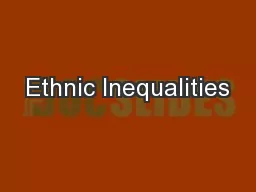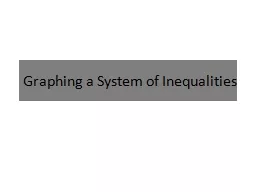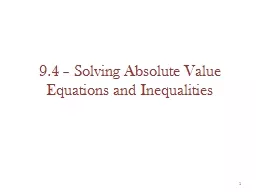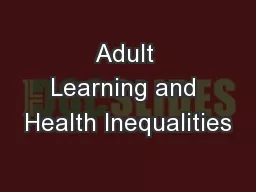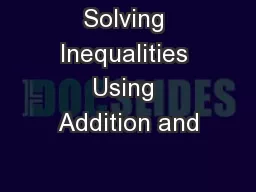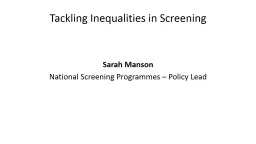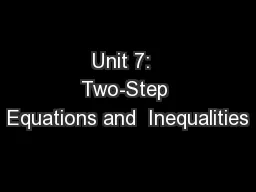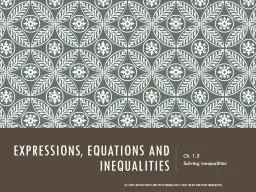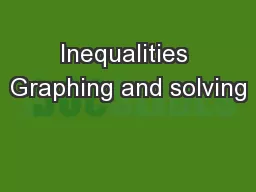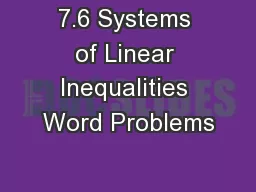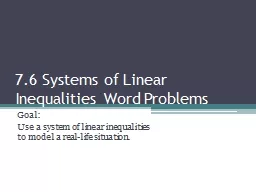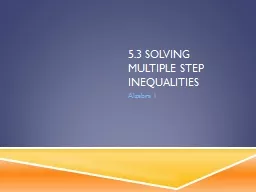PPT-Ethnic Inequalities
Author : test | Published Date : 2017-10-06
G674 Activity Study the handout and answer the questions provided httpwwwyoutubecomwatchvzAWn4FO1MOw Ethnicity in Britain Acknowledged as a source of inequality
Presentation Embed Code
Download Presentation
Download Presentation The PPT/PDF document "Ethnic Inequalities" is the property of its rightful owner. Permission is granted to download and print the materials on this website for personal, non-commercial use only, and to display it on your personal computer provided you do not modify the materials and that you retain all copyright notices contained in the materials. By downloading content from our website, you accept the terms of this agreement.
Ethnic Inequalities: Transcript
Download Rules Of Document
"Ethnic Inequalities"The content belongs to its owner. You may download and print it for personal use, without modification, and keep all copyright notices. By downloading, you agree to these terms.
Related Documents

